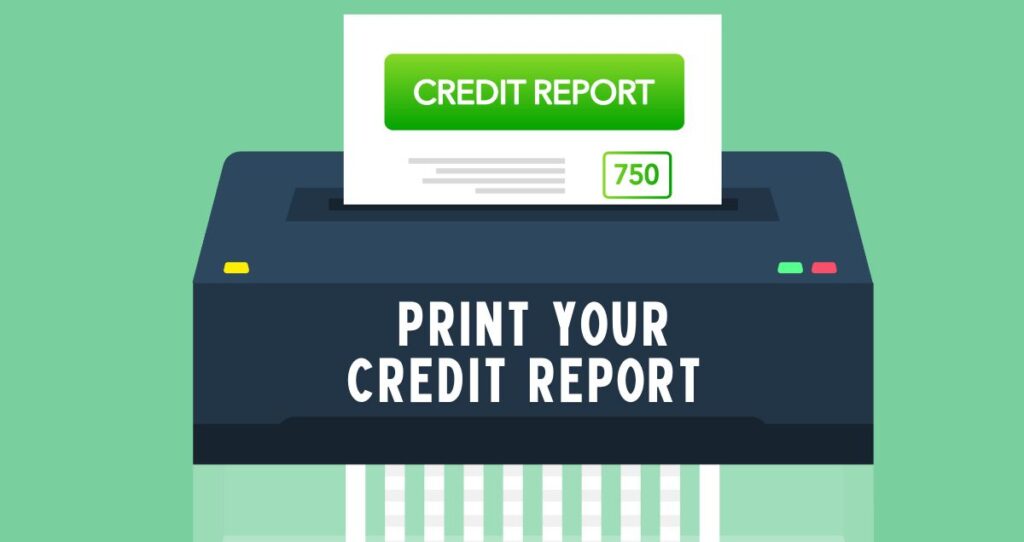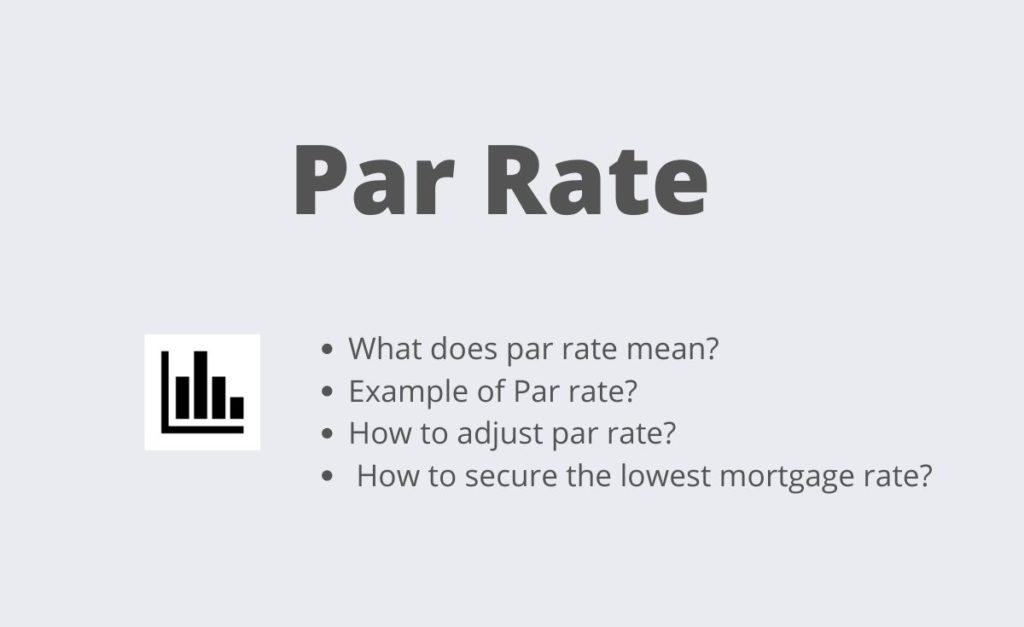Have you ever wondered why your credit scores are different? You have probably noticed that your credit scores are always different and sometimes similar when you check them online. For example, your FICO score is rarely the same as your VantageScores. Most of the time, your VantageScores are not always the same. Where does this difference come from? Is one more accurate than others?
Having different credit scores does not mean one is more accurate. Many factors contribute to your credit score calculations, which lead to different numbers across many credit score institutions. To understand why your scores differ, you need to look into how credit scores are calculated and how the information in your credit reports is collected and used to calculate your scores.
In this article, I will explain the causes of having different credit scores and which score is most preferred by lenders. I will also give you tips on how to raise your credit score, especially if you plan to apply for loans or want to repair your credit history.
What are credit reports?
Before discussing why your credit scores are different, let’s touch base on credit reports and why they are critical in your credit score calculation. Consider a credit report as a detailed document showing your current credit accounts and corresponding account activities. That is, all loans, credit cards, and mortgages, plus activities, such as payment activities, credit utilization, the age of each account, etc., will be shown on your credit reports.
Credit reporting agencies collect this information from your lenders monthly, and your credit reports are updated as soon as new information is submitted.
Credit scoring agencies plug information from your credit report into a model that spits out a number between 300 and 850 to calculate your credit scores. This number becomes your credit score. Your credit score from different credit scoring agencies is not always the same for many reasons, even if the same credit report is used.
One of the many reasons your credit scores are different is that credit reporting agencies have proprietary models that assign weights to each piece of information in your credit reports. The small difference in credit scoring models means your credit scores will differ slightly.
Let’s dive right into why you have different credit scores and how to interpret each score.
Read more: What is a credit report: Get a free credit report and dispute errors to credit bureaus.
Why are my credit scores different?
There are many reasons your credit scores are different. However, these differences in credit scores do not significantly impact the accuracy of each credit score. The differences should be minimal, assuming each credit reporting agency that compiled your credit reports received the same information from your lenders.
Here are a few reasons why your credit scores are different.
Credit reporting agencies use different credit scoring models.
Each credit reporting agency has a proprietary scoring model to calculate your credit scores. Each piece of information in your credit reports is assigned a weight that helps determine your credit score. Think of weight as a level of severity assigned to each 0information. For example, a foreclosure will have more weight than a hard inquiry. These differences in credit scoring models and weights lead to different credit scores.
FICO score Vs. VantageScore
For example, FICO calculates your score using the FICO score model, while Experian, Equifax, and TransUnion calculate your VantageScore using the VantageScore model. This means the weights the FICO score model applies to the information in your credit reports are always different from those applied by the VantageScore model. This is why your FICO score will always be different than your VantageScore.
Different FICO scores
Even if you consider the same credit scoring model, your credit scores might not be the same. For example, FICO has released many FICO score models, including FICO 8, FICO 9, FICO 10 Suite, etc. Each FICO score model differs slightly from the others, resulting in different FICO scores.
While you might have different FICO scores, the score calculated using FICO 8 is the most common one as it is the most preferred by lenders.
Different VantageScores
Just like your FICO scores will not be the same due to different FICO score models, your VantageScores might also not be the same. Typically, you have three VantageScores from each credit reporting agency (Equifax, TransUnion, and Experian). While they all use the same VantageScore models, each bureau has its own version of the same model, where slightly different weights are assigned to information in your reports, resulting in different VantageScores.
Different versions of the VantageScore models have also been released over the years. These models include VantageScore 1.0, 2.0, 3.0, 4.0, and 4plus. This means that each VantageScore model will spit out a different credit score even if the same information is entered into the system due to different weights assigned to information in your credit reports.
Similar to the FICO score, the most common VantageScores are those created using VantageScore 3.0 and VantageScore 4.0, which lenders across many industries prefer.
Your credit scores are different because of where your lenders submitted your information.
Some lenders do not submit your information to all major credit bureaus, resulting in different information in your credit reports. For example, if one lender reported a late payment to Experian but not Equifax, your VantageScore from Experian would be much lower than your Equifax score.
Your score can also vary based on industry.
Different industries have different credit score requirements. This means credit scoring models used to calculate your credit scores will be modified to fit industry requirements. That is why the credit score you see online differs from what your lenders see when you apply for loans.
Credit scoring models
Credit scoring models are complex algorithms credit reporting agencies use to calculate credit scores, which measure how risky it is to lend you credit. The most common credit-scoring models currently on the market include the FICO score and VantageScore models.
The FICO uses the FICO score model to calculate your FICO score, while Experian, Equifax, and TransUnion use the VantageScore model to calculate your VantageScore. Under each model, there are many versions realized over the years. However, you should only focus on the industry’s current model when evaluating your credit score. For FICO scores, FICO 8 is the most preferred, while VantageScore currently uses 3.0 and 4.0.
Other industries also have their models, which they use to evaluate consumers’ creditworthiness. So, if you apply for a loan, the score your lender will see might not be the same as the one you see. That does not mean the ones online are inaccurate. Instead, each lender tweaks the model to meet their specific needs.
While your credit reports contain a lot of information, credit scoring models do not use all of it. Only information related to your payment history, credit utilization, age of your credit, accounts open and new account activities, and credit mix affect your credit scores.
Let’s evaluate different credit score models in more detail below.
What are the major credit scoring models?
There are many credit scoring models used in many industries. The following are the most common scoring models.
- Vantage Score Model. The VantageScore model was introduced to compete with the FICO score model, and it is based on the following elements from your credit report.
- Payment history: 40%
- Age and type of credit: 21%
- Credit utilization: 20%
- Total balance: 11%
- Recent activities: 5%
- Available credit: 3%
- FICO Score Model. The FICO score model is a classic scoring model developed by FICO that considers the following factors in your credit score calculations.
- Payment history: 35%
- Credit utilization: 30%
- Age of your credit or credit history: 15%
- New credit: 10%
- Types of credits you have: 10%
- Experian’s National Equivalency Score. Scores from this credit scoring model range from 0 to 1,000. The factors considered in this model include your credit age, credit utilization, number of inquiries, payment history, and total balances.
- Insurance Score. This model is designed for insurance companies and ranges from 200 to 997. A score of 500 or less is poor, while a score of 700 or higher is better.
- Credit Xpert Credit Score. This model was developed for business use. Businesses use it to evaluate new applicants for credit.
- CE Credit Score. Scores with this model range from 330 to 850.
- TransRisk. This model is not popular, and it uses data from TransUnion. Rather than focusing on existing accounts, it evaluates a person’s risk on new accounts.
What is a credit score used for?
Your credit score (credit rating) helps lenders determine your creditworthiness. In other words, a lender uses your credit rating to assess the risk of lending you money. Even if the lender knows you, it is hard to understand how you handle debt without using statistical metrics. A credit score helps the lender understand your financial standing and borrowing behavior.
Most credit scores range from 300 to 850. The lowest score in this range is 300, and the highest is 850. The lower your credit score, the riskier it is to lend you money. Risky borrowers are not approved for credit but pay the highest interest rate when approved. Consumers with good credit scores qualify for loans easily with lower interest rates and favorable terms.
Your credit score can also be used for business services like tenant screening, utility subscriptions, and job applications. For example, your landlord can waive or give you a discount on your security deposit when you have a good credit score.
Tips to maintain a healthy credit score
Your credit score is a sensitive number that changes due to your daily financial decisions. To keep your credit score healthy, follow these steps.
- Keep your credit report clean. Your credit score is calculated based on information from your credit report. By cleaning up your credit report and keeping your credit reports updated, you ensure that only the correct data is used to calculate your credit score. This is the first step to raising a credit score.
- Pay your bills on time. Late payments and similar negative items are some of the most significant factors that affect your credit score, as payment history accounts for 35% of your FICO score. For this reason, paying your bills on time allows you to maintain a healthy credit history and a high credit score.
- Watch your spending habits. Your credit utilization is the second highest factor in your credit score calculations, accounting for 30% of your FICO score. A high utilization shows that you rely on debt to cover your expenses, weighing down your credit score. To maintain a healthy credit utilization, keep it under 7% at all times.
- Do not apply for too much credit. When you apply for new credit, the lender requests to view your credit reports, resulting in a hard inquiry on your credit reports. Each hard inquiry drops your average credit score by 5-6 points. Multiple inquiries can easily wreck your credit score and make maintaining a healthy credit history difficult. As a rule of thumb, you should not have more than one hard inquiry in any consecutive 12 months.









